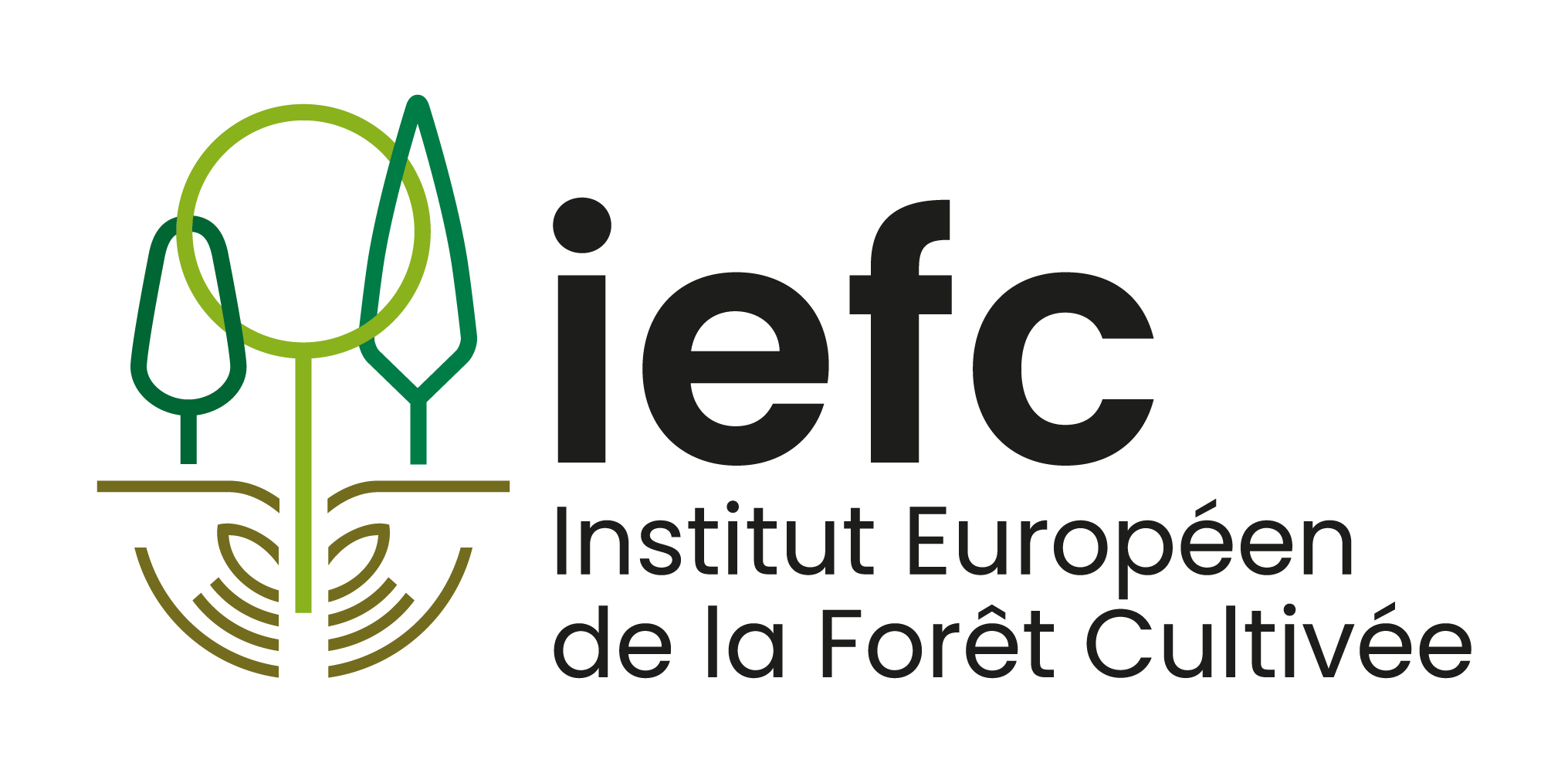Large spruce bark beetle
Dendroctonus micans (Kugelann) (Coleoptera, Scolytidae)
Arbres hôtes
- Dendroctonus micans attacks mainly spruce (Picea), with a marked preference for large old plants; the beetle occurs occasionally on other conifers, such as fir (Abies), larch (Larix) or pine (Pinus).
Identification
- Dendroctonus micans is a large species (7-9 mm) particularly common in central Europe, where it is sometimes a threat to mature spruce plantations.
Dégâts
- Plant colonization by the insect may not involve the plant death, because the insect usually colonizes the bark with a reduced number of individuals, whose damage remain confined. The infestation of a single plant can then develop slowly and last for several years. Only in case of high colonization density the plants are killed quickly.
- The attack always affects the lower part of the stem, from ground up to approximately 2 m.
Biologie
- The females penetrate the bark through a typical hole often rounded by a conspicuous ring of resin. The mother gallery is short and wide, often curved; newly hatched larvae immediately begin to feed on the phloem, progressively enlarging the gallery along the same front, forming a characteristic chamber which can be up to 50-100 cm2 large.
- Full grown, the larvae pupate on the edge of the chamber.
- The life history may take 1-2 years.
- Infested plants initially show only a moderate foliage discoloration associated with needle loss
Facteurs de risque
- Stressed trees are more prone to attacks. The outbreaks of D. micans may occur suddenly and last for a long time, causing widespread and progressive tree mortality.
- The predisposing factors usually consist of conditions which weaken forests, such as drought or senescence, root fungal diseases, damage due to earthworks or skidding.
- There are frequent attacks on large trees growing close to forest roads and forest tracks.
- Spruce forests subject to intense tourism, with soil compaction and damage to the base of plants may be exposed to the beetle attack.
Distribution
- Originally an Asian species, D. micans has spread to most of the spruce distribution in Eurasia, from East Asia to France and UK, but is still absent from some areas in western and southern Europe.
- Serious outbreaks occurred throughout the 60s in France, Belgium, Turkey and Britain.
Méthodes de lutte
Suivi
- No specific pheromones are available for D. micans.
Lutte préventive
- Remove all infested trees and keep the spruce stands in the best physiological conditions, avoiding stress especially in mature and senescent spruce forests.
Lutte curative
- The infestation of single ornamental trees can be solved by removing the portion of bark colonized by larvae and adults.
- The control of severe forest infestations requires removal and debarking not only of the infested trees but also of the stumps, where the attack often occurs.
- In different parts of Europe biological control programs have been successfully applied by mass rearing and field release of the Rhizophagus grandis beetle, an active D. micans predator.
Changement climatique
- Outbreaks are recently increasing in West and South Europe because increased summer droughts provide more favourable conditions for this secondary bark beetle.
